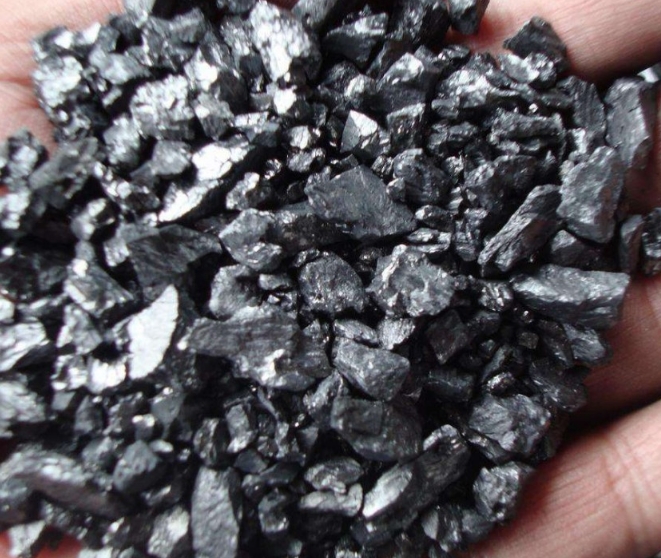
Electrically Calcined Anthracite (ECA) is a coal that has been processed by electric calcination. The coal is low in ash and volatile matter. It also contains little sulfur.
ECA is used in the production of carbon electrodes by the aluminum industries. It's a material with a very low thermal conductivity and has a relatively slow rate of corrosion.

A material’s electrical resistivity determines the amount of current that will flow in a circuit. The electrical resistivity is determined by the ratio of the cross-sectional size of a conductor divided by the length.
The electrically calcined coal (ECA) is produced by heating anthracite to 2000 degrees Celsius in a DC Electric Calciner. This produces a semi-graphitized, devolatized coal that has low sulfur, moisture and volatile content. In steel-melting, and in processes for ductile iron castings, it is used to enhance carbon content. The carbon is also added to pre-bake electrodes in aluminum production, tamping and Soderberg pastes as well as cathode block for cupolas.
North American ECA will grow due to a growing need for high-quality materials. Carbon products are used in construction and automobile industries to enhance the strength and durability.
For smelting anthracite, calcination is required to reduce electrical resistivity and remove volatile matter. The calcination can be done in many ways including vertical electric arc kilns. A number of technical problems remain with this type calcination. These issues may affect the anthracite's quality, which can directly impact its prices.
ECA, or electric-calcined anthracite (ECA), is obtained by heating high grade anthracite in a DCelectric calciner up to 2000°C to produce a devolatized semi-graphitized material. It has low volumes of ash, sulfur, and moisture. It has a wide range of uses, from cathode block carbon for aluminum smelting to the production of Soderberg electrodes.
The combination of ceramic-bonded anthracite (CBC), with the traditional anthracite technology, has led to a brand new calcined type. This carbon block can have a porosity between 90 and 95 percent, with a pore average of less that 0.1 mm. The block also has a high thermal conductivity, and is resistant to metal erosion.
ECA, or high-grade coal, is widely used for the production of electrodes and pastes such as Soderberg, tamping, and cathode, and also serves as a smelting addition. This coal has a low sulfur, volatile and moisture content. It's produced by heating the anthracite to a temperature 2000C with a DC electric boiler. This removes moisture from the anthracite and the volatile matter, improving its mechanical and electrical properties, as well as its anti-oxidation.
Growth of this market segment can be attributed to factors such as the growing demand for electrodes and steel in the aluminium industry. Markets are divided based on application into Steel Industry and Carbon Products. The Steel Industry segment is expected to hold the largest share of this market. ECA electrodes used for smelting exhibit a slow oxidation rate, excellent mechanical and compression strength as well as low heat conductivity. Combining these features makes ECA electrodes ideal for smelting Aluminium.
Anthracite that has been electrically calcined must meet all specifications to be used as an electrode for aluminium melting. It should also have low levels of volatile matter and sulfur. Also, it is characterized by a strong mechanical and compressive quality as well as good electrical and thermal conductivity. ECA is often used in the form of monoliths or as a composite princess, where it is glued together with resins.
China, in particular, is a major market that will drive the global demand for electrically caustic anthracite. A second factor that drives market growth is the expansion of Europe's automotive sector. Demand is likely to be boosted by the increased focus on electric and sustainable vehicles, as well as an increasing emphasis on energy-efficient sources. The market is dominated by Shanxi Hongqiqu New Material Co. Ltd., RHEINFELDEN CARBON GMBH., Ningxia Hengtai Carbons Co. Ltd., Zhengzhou Xinhua Raw Materials Technology Co. Ltd., Evergreen Industry Co. Ltd., Hebei Shengsa Carbon Manufacture Trading Co. Ltd., and Gansu Yuanda New Resources Co. Ltd.

Write a Message